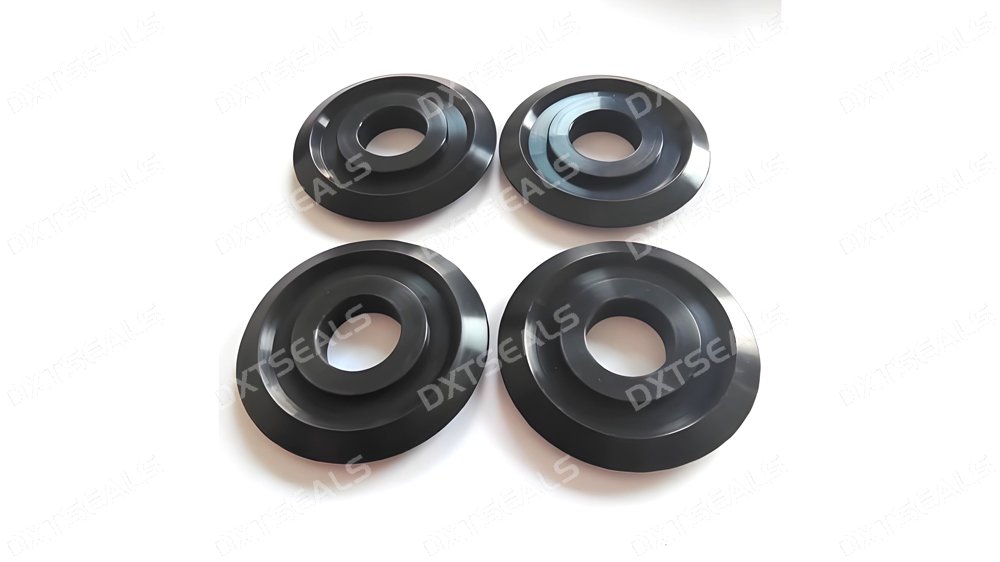
Selecting the right sealing material can be challenging due to the wide range of rubber and plastic types available. Each material offers unique properties such as resistance to temperature, pressure, chemicals, and wear. Choosing the wrong material can lead to premature failure, leakage, or increased maintenance costs.
To simplify the selection process, DXTSEALS provides a comprehensive overview of rubber and plastic sealing materials, helping engineers quickly determine which material suits their specific application.
1. Why Material Selection Matters in Sealing Solutions
The performance of a seal largely depends on the material properties:
-
Temperature Resistance → Determines stability under heat or cold.
-
Chemical Compatibility → Ensures durability against oils, acids, fuels, and solvents.
-
Mechanical Properties → Resistance to wear, compression set, and deformation.
-
Cost vs. Performance → Balancing budget with operational requirements.
2. Rubber and Plastic Sealing Materials Performance Chart
Below is a simplified comparison of commonly used rubber and plastic sealing materials:
| Material | Type | Temp. Range (°C) | Chemical Resistance | Wear Resistance | Typical Applications |
|---|---|---|---|---|---|
| NBR (Nitrile Rubber) | Rubber | -40 ~ +120 | Good oil/fuel resistance | Moderate | Hydraulic seals, automotive |
| FKM (Fluorocarbon Rubber) | Rubber | -20 ~ +200 | Excellent oil, fuel, chemicals | High | Chemical plants, oil & gas |
| EPDM (Ethylene Propylene Rubber) | Rubber | -50 ~ +150 | Excellent water, steam, weathering | Moderate | Cooling systems, outdoor seals |
| VMQ (Silicone Rubber) | Rubber | -60 ~ +200 | Moderate chemical resistance | Low | Food-grade, high/low temp. |
| PTFE (Polytetrafluoroethylene) | Plastic | -200 ~ +250 | Excellent chemical & temperature | Very High | Chemical processing, gaskets |
| PEEK (Polyether Ether Ketone) | Plastic | -40 ~ +250 | Excellent chemicals & hot water | Very High | High-pressure seals, aerospace |
| POM (Polyoxymethylene) | Plastic | -40 ~ +120 | Good against fuels & lubricants | High | Bearings, precision parts |
3. How to Use This Chart for Material Selection
-
If your system works with oils and fuels → NBR or FKM are best choices.
-
For steam, water, or outdoor weather resistance → EPDM performs better.
-
For extreme temperatures and chemical resistance → PTFE or PEEK are ideal.
-
For cost-effective applications where high durability is not critical → NBR or POM may be suitable.
✅ DXTSEALS Tip: Always cross-check operating medium, temperature, and service life before finalizing your material selection.
4. Conclusion
Understanding the performance of different sealing materials is the first step toward ensuring long-term sealing reliability. With the above performance chart, engineers can quickly identify whether rubber (NBR, FKM, EPDM, VMQ) or plastics (PTFE, PEEK, POM) are more suitable for their working conditions.
At DXTSEALS, we specialize in providing custom sealing solutions tailored to industry needs, ensuring durability, safety, and cost efficiency.
📩 Contact DXTSEALS today to discuss which sealing material is best for your project.
